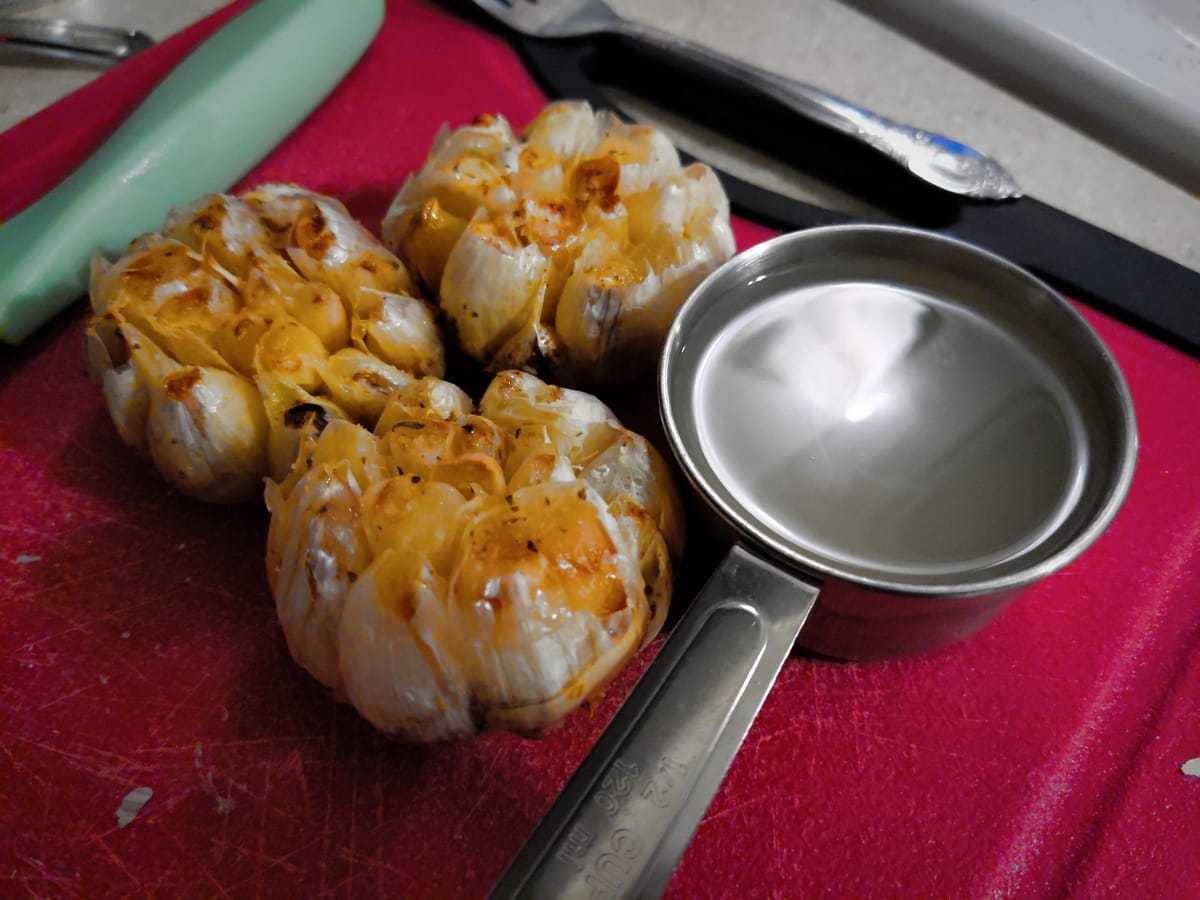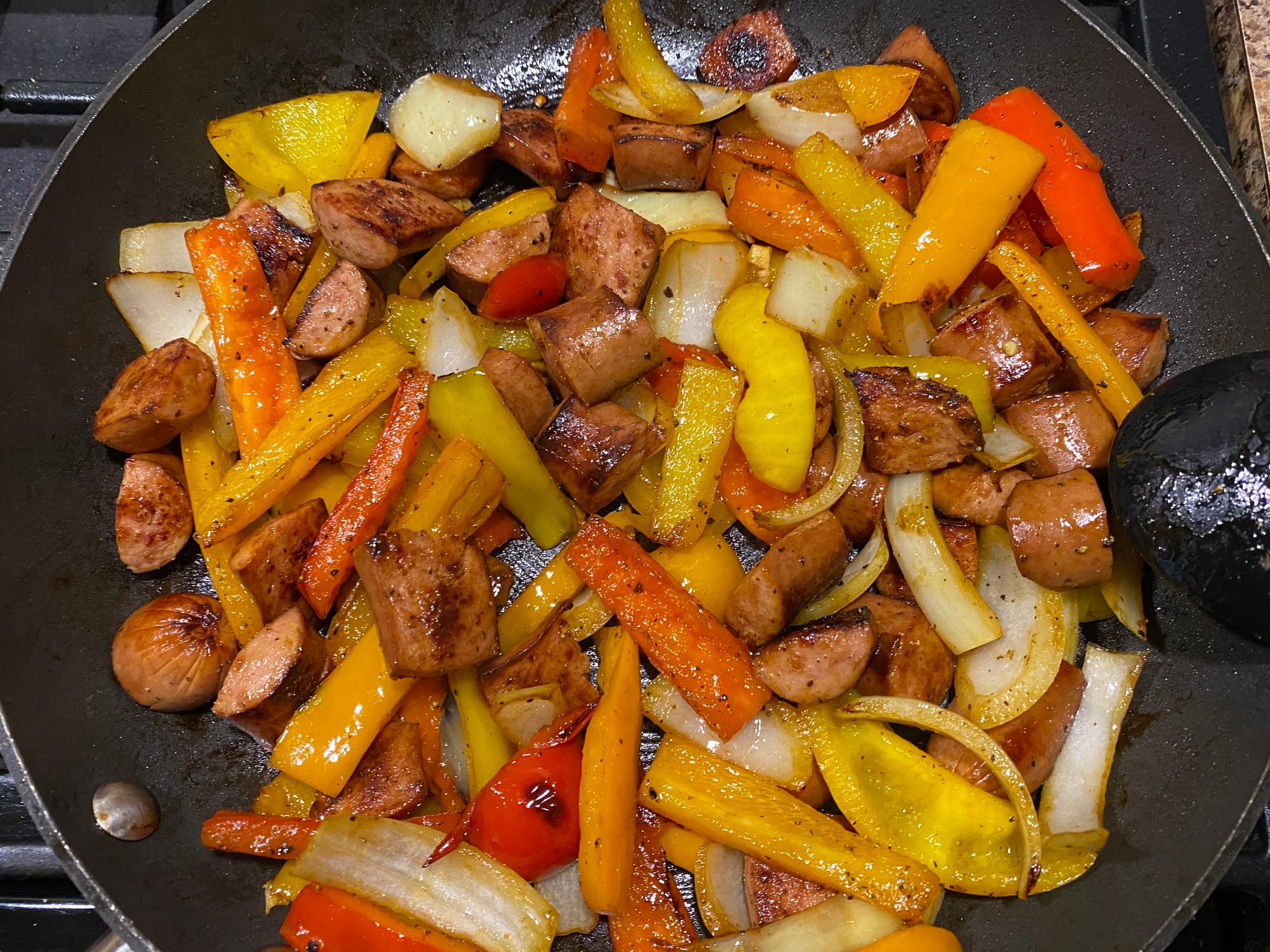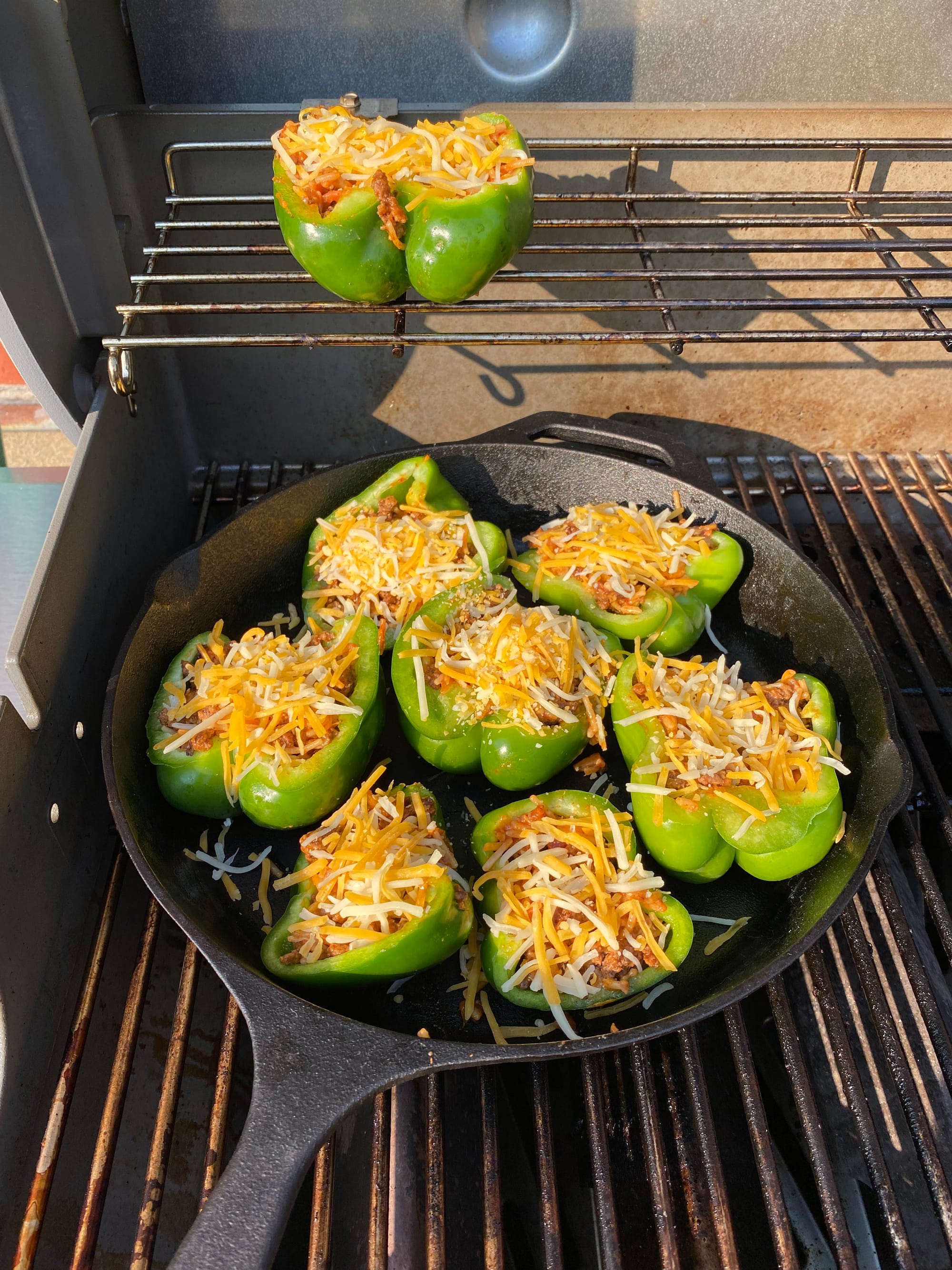You Don't "Fix" Picky Eating. (Understanding Picky Eating, Part 1)

This is a subject that lies at the very core of why I made this website in the first place. Why I wanted to start sharing my cooking (and eating) journey in the first place. This is something I’ll continue to circle back to, elaborate on, and explore throughout what I hope to be years of posts on this blog – but no better way to get it started than just starting.
This is also something that I expected to be a “first of many” blog post that I expand upon in future posts, and I wound up basically writing a book. Some 6,000 words and 13 pages later, this is a little too much for someone to read one person at a time. My goal is to write to what myself 10 years ago could have benefitted from – but that also needs to consider what myself 10 years ago would have read.
So here’s part 1 of 3 (for now) of my thoughts on understanding picky eating and why you can’t just “fix” it! Part 2 focuses on sensory issues and picky eating.
Picky eating is not a “problem” that needs “fixing.”
Picky eating is not a lack of exposure. It’s not a matter of not trying hard enough. It’s not something the eater has control of. They can’t just “get over it.” It’s not the person “just being difficult.”
Being a picky eater is something that’s constantly framed as something that’s inconvenient to others. To parents who don’t want to prepare something different for their kid to eat for dinner. To friends who want to get specific kinds of food at get-togethers that the picky eater won’t touch. To significant others that want to share extravagant new foods with their new partner. To old friends who want to catch up over coffee or beer, which the picky eater might not engage in. To… anyone around that for some reason feels awkward that the picky eater isn’t drinking the coffee or beer, or eating the primary dish at the gathering. To people who can’t fathom how someone might not eat a common thing that they believe “everyone” should enjoy (like chocolate).
This puts a lot of burden on the picky eater. Not only does the added pressure directly correlate to further adverse reactions to uncomfortably food situations in the first place – but it just sucks to experience.
There’s no greater inconvenience caused by picky eating than the experience of the picky eater themself.

Life would be a lot easier if “I would just eat __”, wouldn’t it? It’d be real nice if just “trying” a thing X number of times meant I would like it. It’d sure be handy if that thing I couldn’t get enough of as a toddler was something I still enjoyed! I’m sure if I “already like” all the ingredients of a given dish, it makes sense that I should like the dish itself. (We will explore that last one more in the future, though.)
But things just don’t work that way.
I do want to say before going any further that everyone is different. Not all of these descriptors of picky eating will apply to picky eating. There’s correlations between picky eating and autism, picky eating and OCD, picky eating and sensory processing disorder, picky eating and ADHD, among other things – and plenty of people are picky eaters and don’t really quite meet the threshold for any of those other conditions. But the big thing for me is combatting those headlines referring to “Just Picky Eating”. Just. As if it’s some choice that you can just write off. It’s not.

So apologies – if you’re a picky eater who came onto this blog with hopes of making yourself “normal”, or you’re close with a picky eater and was hoping to “fix” them, there’s no such thing as normal and you don’t fix picky eating.
Picky Eating is an Experience Issue
[I actually wrote this part last in my original write-up of these things, but in the interest of organizing these multi-part posts, I think it makes the most sense here. In parts 2 and 3, I explore how picky eating is a sensory issue and a comfort level issue – which I think are most crucial to understanding picky eating.]
This is where I eat crow a little bit and admit that parents and naysayers of picky eating are sometimes, sorta right – though usually it’s taken in the wrong direction.
Picky eating can be improved upon by experience. No, that doesn’t mean being forced to try enough foods or try a food you don’t like enough times. That does not help.
Instead, experience needs to be garnered with food in general. An understanding of how food is made, why certain choices are made, how certain ingredients (especially unappealing ones) impact a dish, and how we taste things – all of these things can inform a picky eater and allow them to start to make more positive associations as they explore foods more.
In a way, that’s just a fancy way of saying “learn to cook.” But really, its deeper than that. When most people learn to cook, they mostly just learn how to follow instructions. Pre-made recipes, basic processes. Boil pasta in the water, drain it, add the jar of sauce, and eat. They don’t really learn much about the science behind it, what the different thermal and chemical reactions happening underneath the surface are doing to the food (or the flavor of it), or how the different ingredients react with each other.

That’s because they don’t have to. Most people don’t have to worry about including ever-so-slightly-too-much sour cream in their mashed potatoes because the taste of it standing out too much won’t ruin the entire thing for them. They might be fine substituting ricotta cheese with cottage cheese or cream cheese in lasagna, cheese bread or ziti, because the flavor is more preferable to them, but not have to deal with the fact that the texture and contrast of all of those are dealbreakers for someone else.
But a picky eater has to be more vigilant. They have to be more cautious about any deviation, change, or experiment because it could cost them enjoyment of the entire meal.
Learning cooking, learning how ingredients play a role, can give you control over your eating experience, and can help you build up more enjoyable foods and even find ways to enjoy ingredients you often avoid – just by learning to use less of it, use it in ways that complements the dish and blend in, and so on.
That’s kind of the whole reason I started this blog. I would not have come anywhere near as far with my eating had I not gotten deep into cooking and making things for myself.
I spent a decade not eating lasagna or ziti very often because I had to carefully inspect the ingredients list for ricotta or other similar cheeses, and most of the pre-made ones came with it. Sometimes I’d slip up. I’d think I found one that was safe (or the recipe would change) and then I’d be hit with that surprise and waste the entire meal. But by learning to make my own lasagna – and along the way to make my own specialized pasta sauces and combinations – I was able to pick my own cheeses to make it the most enjoyable to me, and learn how different ingredients I wouldn’t have normally used actually make it better, as long as I don’t use too much.
A picky eater who doesn’t learn to cook gets stuck in black and white. If an ingredient seemed gross in one dish, it’s just something to be avoided. If an ingredient is enjoyed, it’s expected to be present in the same way every time – which isn’t really how food works. My teenage self discovering garlic powder as an addition to spaghetti definitely enjoyed garlic powder. But if I stayed just taking it in that form, I’d miss out on the many different ways garlic can enhance meals, and the wonderful differences between using fresh garlic and roasted garlic in butters and sauces.

It is my goal with this website to help break down recipes and cooking methodologies in a way that would have helped me, some 10 years ago, expand my palate while being confident and comfortable in the process.
If you have any questions or experiences with my recipes or posts so far, feel free to shoot me an email!